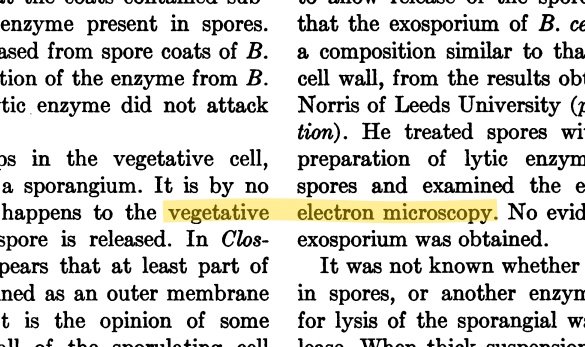When I was a chemistry student, a friend on the engineering course always struggled to reach the prescribed word count for his essays, so he and I would sit in his room, have a few beers, and generate word salad. We’d turn his simple and dull prose (if you could even call it that) into the most overblown and hyperbolic drivel, just to pad out his essays so he could submit them. It took him five years, instead of three, to complete his degree. I think he got a third, in the end. Went off to South East Asia to fix boilers on ships…
Anyway, in the age of machine reading and machine learning, my skill in generating artificial intelligence for him is perhaps redundant. Anyone can prompt an LLM, large language model, to produce drivel by the shipload. And, it seems, more and more academics are doing just that. Feeding their hypotheses into machines, cranking the handle, and generating content they then submit to predatory or naive journals for publication.
Discontent, more like.
The trouble with using machines to write and not having someone to hand with the skills to check what has been generated, to remove the nonsense phrases and the AI hallucinations, is that lots of journals are filling up with drivel. Retraction Watch landed on a meaningless, but scientific-sounding, phrase that seems to have been used countless times in papers over the last few years. Vegetative electron microscopy!
According to RW, the phrase seems to have come from a 1959 paper that has been assimilated into a database using an errant optical character recognition (OCR) system, one that didn’t take into account the separate text columns in the old paper. So where in the left-hand column there was the phrase “vegetative cell”, the word vegetative was at the end of a line in the column, and the phrase “electron microscopy” was adjacent to it in the right-hand column.

A human reader would not have made that mistake.
Now, that phrase seems to be turning up in research papers. They can’t have been written and checked by any real scientists and not by any referee or editor, surely? The research literature is becoming heavily polluted with paper-mill dross.
Ultimately, our student shenanigans did not matter to the wider world. But, in a world where scientific endeavour is being derailed by moronic politicians and their henchmen, we need a stronger science base, not one polluted with such nonsense as vegetative electron microscopy. It leads to distrust in scientists and in science, it gives those who peddle pseudoscience, disinformation, misinformation, and fake, greater leverage to shake off the facts and replace them with ill-informed, politically-driven opinion. They can call out this fakery and tell the public that they can no longer trust science.
Science relies on a solid scientific literature. Given how much publishers charge for their “editorial services” and their finished products, is it too much to ask that they actually do some editing, and edit out this kind of drivel? Apparently, some papers that had this ludicrous phrase have been retracted, others have been deemed fine by the publishers (who obviously really couldn’t care less as long as they get their money), others have had corrections published.
The presence of this fingerprint phrase is not an accident, it’s not a typo, it shows that the paper was faked. Even if the authors were simply copy-and-pasting boilerplate content that contained the fingerprint (and there are others), then that would be plagiarism, wouldn’t it? But, what is obvious is that nobody bothered reading the text before submission to a journal and nobody on the editorial team nor among their referees read it either and so these dodgy papers are sitting in the literature like so much sawdust in a dodgy loaf of bread.